In his opening speech, Vice Chairman of Lao Cai Provincial People's Committee Nguyen Thanh Sinh affirmed that the workshop is an opportunity for the locality to receive scientific opinions on the adjustment of planning and development policy.
Mr. Sinh emphasized - Sa Pa is facing the opportunity to break through, become an international tourist city, while aiming for the goal of a green, modern and sustainable urban area.
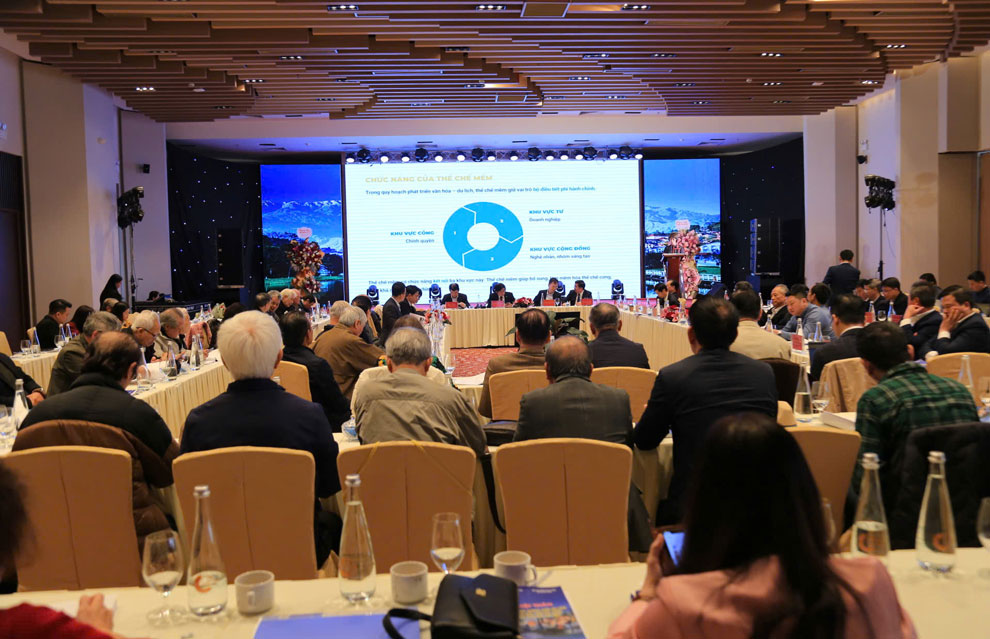
After more than 120 years of formation, Sa Pa has transformed from a primitive land to a prominent eco-tourism urban area, in harmony between natural heritage, cultural identity and modern life.
Urban planning and architecture have recently achieved many results, forming a dynamic and friendly Sa Pa; synchronously invested technical and social infrastructure, improving service quality and experience for tourists.
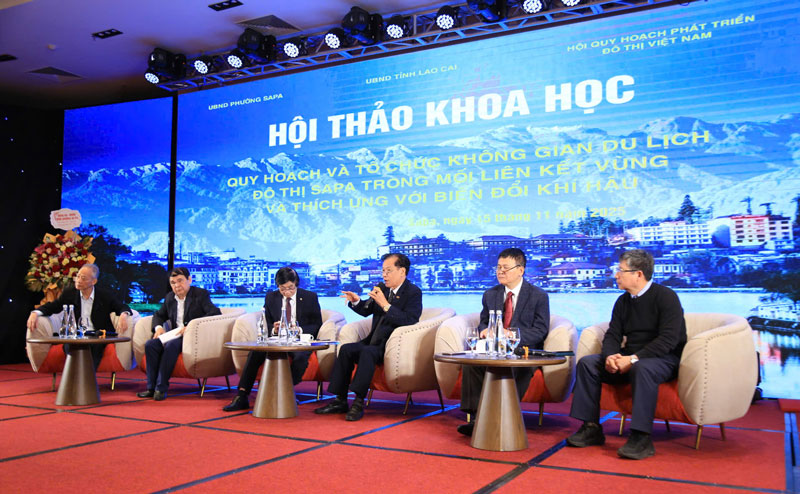
At the workshop, experts presented many presentations to assess the current situation, point out limitations and propose planning vision in the Northwest region linkage. A prominent orientation is to develop Sa Pa in the direction of "green - smart - adapting to climate change", in which infrastructure plays a key role.
Chairman of the Vietnam Urban Planning and Development Association Tran Ngoc Chinh shared: Sa Pa has a special position in the development of the Northwest and is a tourism brand with regional influence.
He said that Sa Pa planning needs to combine indigenous culture, natural landscape and modern architecture, creating a harmonious and unique space.
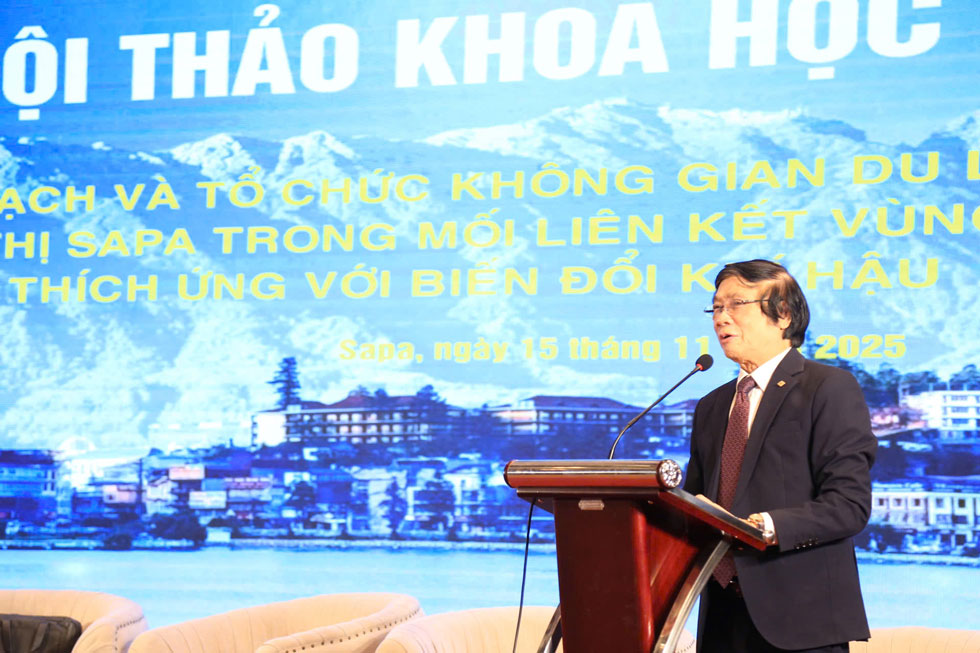
From the perspective of urban infrastructure, Mr. To Ngoc Lien, Chairman of Sa Pa Ward People's Committee, said that the locality prioritizes solving the " bottleneck" of traffic, one of the major bottlenecks today.
The ward is implementing routes connecting Lao Cai economic center, renovating inner-city roads, concreting alleys, and building three gateway bus stations and central parking lots.
Notably, the plan to build a tunnel through Dragon Mountain is being studied to reduce traffic pressure in the center of the town.
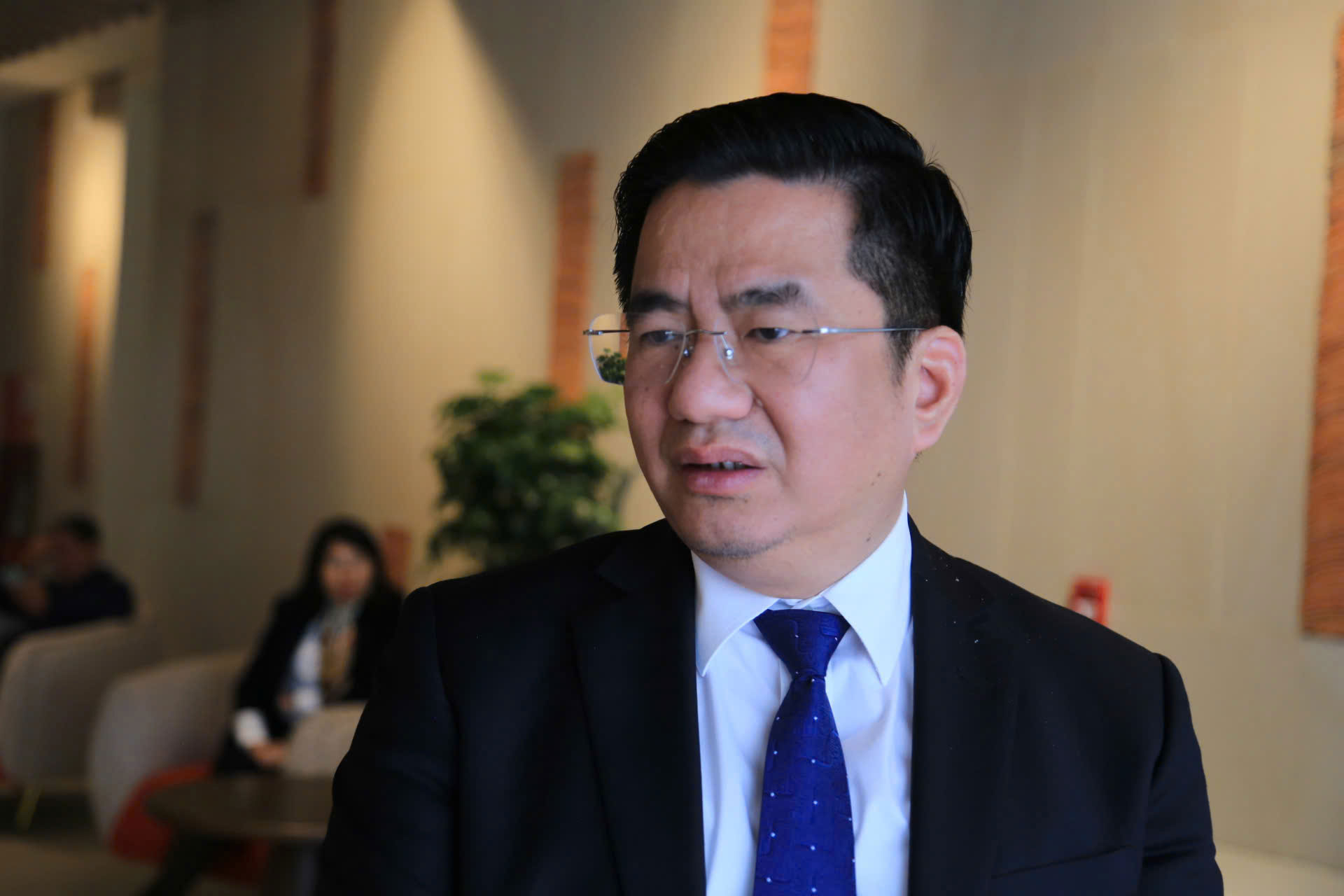
Meanwhile, according to Professor Hoang Dao Ky, Sa Pa is not only a tourist city but also has to return to the true nature of a "classical resort town" where people seek the quietness, purity and unique beauty of the highlands.
Professor Ky suggested that Sa Pa architecture should be designed and managed in harmony with nature, minimizing noise-causing works that obstruct visibility.
At the same time, priority is given to open space, green landscapes and indigenous cultural values. This is a long-term direction for Sa Pa to maintain its unique appeal.
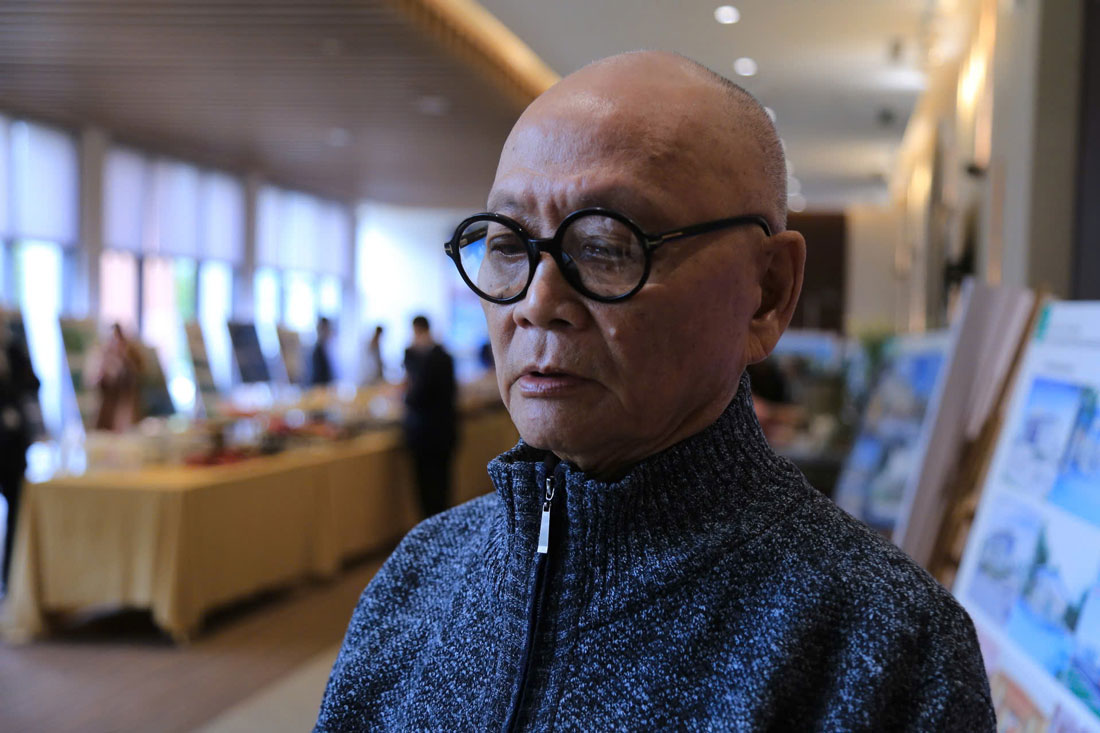
The workshop also recorded many profound contributions from the team of experts, with the goal of making Sa Pa a leading, green, smart, modern destination, adapting to climate change and developing harmoniously and sustainably.











